Industrial pumps, as indispensable equipment in manufacturing, chemical, energy, and water treatment industries, play a critical role in production efficiency and operational safety. However, during long-term use, pumps often encounter various failures. If these issues are not identified and resolved in time, they can increase energy consumption, raise maintenance costs, or even cause production downtime.
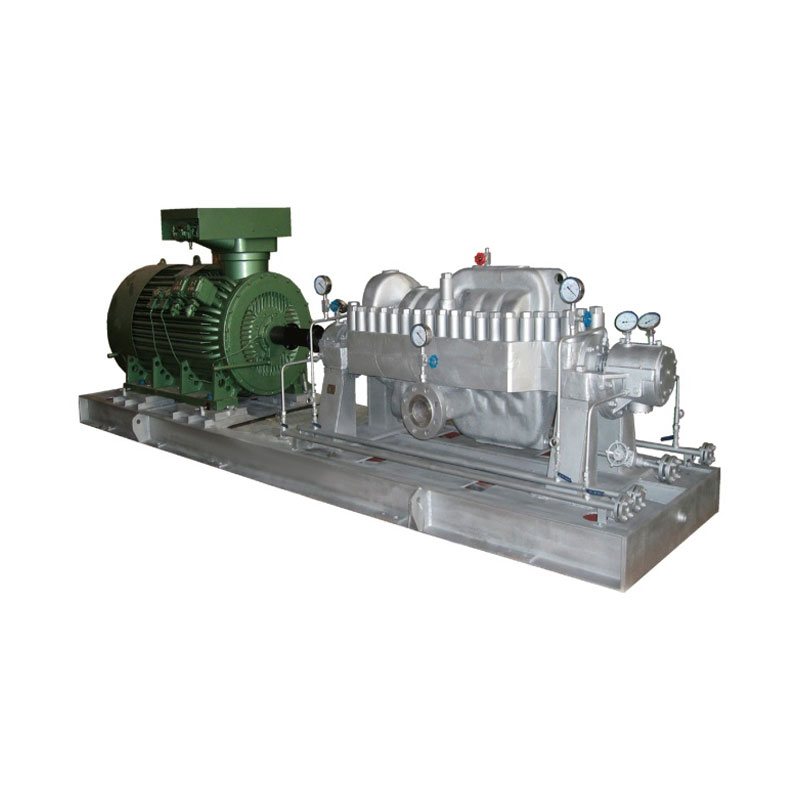
Pump Not Delivering Liquid or Insufficient Flow
Possible Causes
- Suction pipeline leakage or blockage: Small cracks or loose joints allow air to enter, reducing vacuum and suction capacity.
- Excessive suction lift or foot valve not open: If the suction lift exceeds the pump design limit, the pump cannot draw liquid. A stuck or closed foot valve also blocks fluid entry.
- Pump not primed, cavitation occurs: Air pockets reduce pumping efficiency and may damage the impeller.
- Impeller wear or insufficient speed: Long-term operation leads to worn impellers, reducing efficiency; a low motor speed reduces head and flow.
Troubleshooting and Solutions
- Check suction line sealing, especially joints and flanges.
- Ensure suction inlet is unobstructed, clean filters and remove debris.
- Re-prime the pump and vent air, making sure no air remains inside.
- Measure motor speed; repair or replace the motor if needed. Replace worn impellers.
Excessive Vibration or Noise
Possible Causes
- Poor pump-to-motor alignment: Coupling misalignment creates strong vibration.
- Rotor imbalance or bearing wear: Even minor eccentricity in rotating parts amplifies vibration.
- Cavitation at the suction end: Bubble collapse generates impact forces, causing noise and vibration.
- Unstable piping support or resonance: Long pipelines or high flow velocity increase resonance risks.
Troubleshooting and Solutions
- Realign coupling with dial indicators or feeler gauges.
- Inspect bearings, add lubrication when lacking, replace if damaged.
- Improve suction conditions by lowering suction lift, enlarging pipe diameter, or reducing elbows.
- Reinforce pipeline supports to minimize vibration and resonance.
Pump Overheating or Bearings Running Hot
Possible Causes
- Insufficient or poor-quality lubrication oil: Inadequate lubrication increases friction and temperature.
- Bearing damage or improper assembly: Incorrect installation causes uneven load distribution.
- Excessive axial thrust: Fluid dynamics inside the impeller create axial forces that overload bearings.
- Cooling system malfunction: Blocked or closed cooling lines fail to dissipate heat.
Troubleshooting and Solutions
- Regularly inspect oil level and quality, replenish or replace oil as needed.
- Replace damaged bearings, ensuring proper assembly orientation.
- Check balance devices such as balance disks or holes, and adjust if necessary.
- Ensure cooling water circulation, especially during high ambient temperatures.
Excessive Energy Consumption
Possible Causes
- Pump operating away from its best efficiency point (BEP): Running outside design conditions increases power use.
- Excessive piping resistance: Too many elbows, valves, or undersized pipes increase energy loss.
- Worn impeller or seal: Efficiency drops significantly with wear, raising power consumption.
- Improper motor sizing: Oversized or undersized motors reduce efficiency.
Troubleshooting and Solutions
- Adjust operating conditions to bring pump performance closer to its rated point.
- Optimize piping layout, reduce elbows and localized resistance.
- Regularly replace worn components such as impellers and seals.
- Select an appropriate motor that matches power demand without oversizing.
Severe Leakage
Possible Causes
- Mechanical seal or packing wear: Long-term pressure and friction degrade sealing performance.
- Improper seal installation: Uneven axial force on sealing surfaces leads to leakage.
- Pipeline vibration affecting seals: Pump body vibration transfers to seals, accelerating leakage.
Troubleshooting and Solutions
- Replace worn seals or packing, preferably with wear-resistant and corrosion-resistant materials.
- Reinstall and adjust sealing surfaces to ensure uniform compression.
- Reinforce piping supports to minimize vibration effects on the sealing system.
Common Industrial Pump Failures and Troubleshooting Reference
| Failure Type | Main Symptoms | Common Causes | Quick Troubleshooting |
|---|---|---|---|
| No flow/low flow | No liquid output, low capacity | Leakage, excessive suction lift, wear | Inspect suction line, re-prime, check motor |
| Excessive vibration/noise | Strong shaking, abnormal noise | Misalignment, cavitation, resonance | Align coupling, improve suction, reinforce pipe |
| Overheating/bearing hot | Hot casing, oil temp rising | Poor lubrication, axial thrust, cooling | Add oil, adjust balance, check cooling system |
| High energy consumption | High power, low efficiency | Off-design operation, high resistance | Adjust BEP, optimize piping, replace impellers |
| Severe leakage | Liquid leakage, seal failure | Seal wear, poor installation, vibration | Replace seals, reinstall properly, reinforce |


 English
English русский
русский عربى
عربى

.jpg)
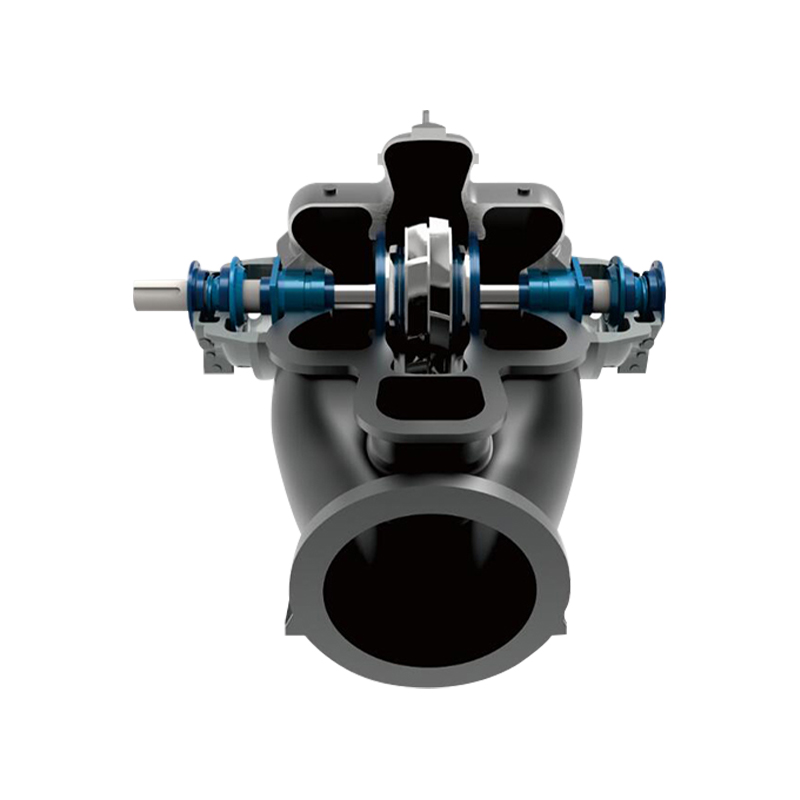
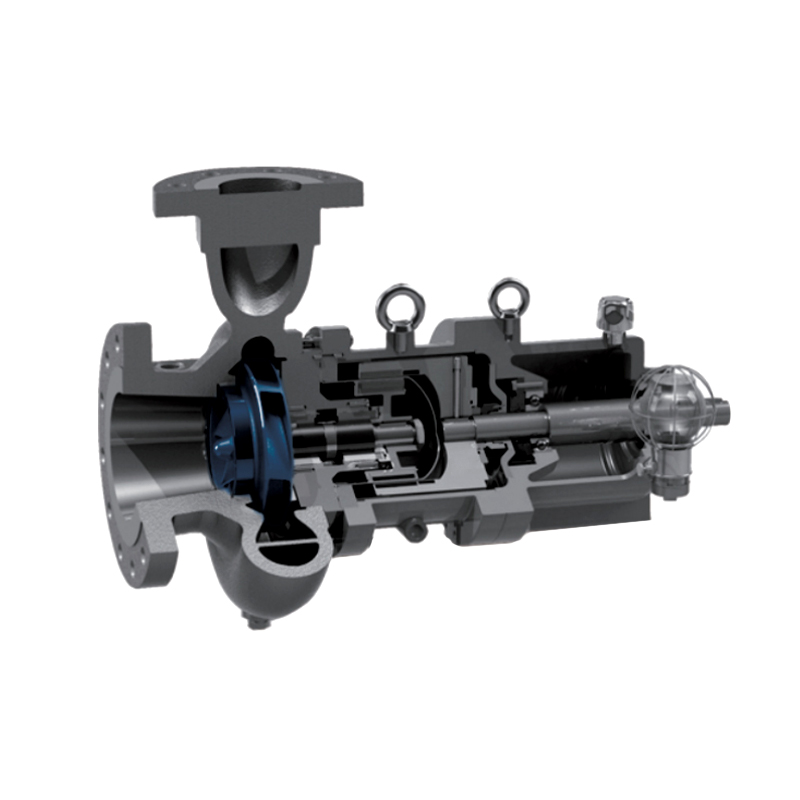
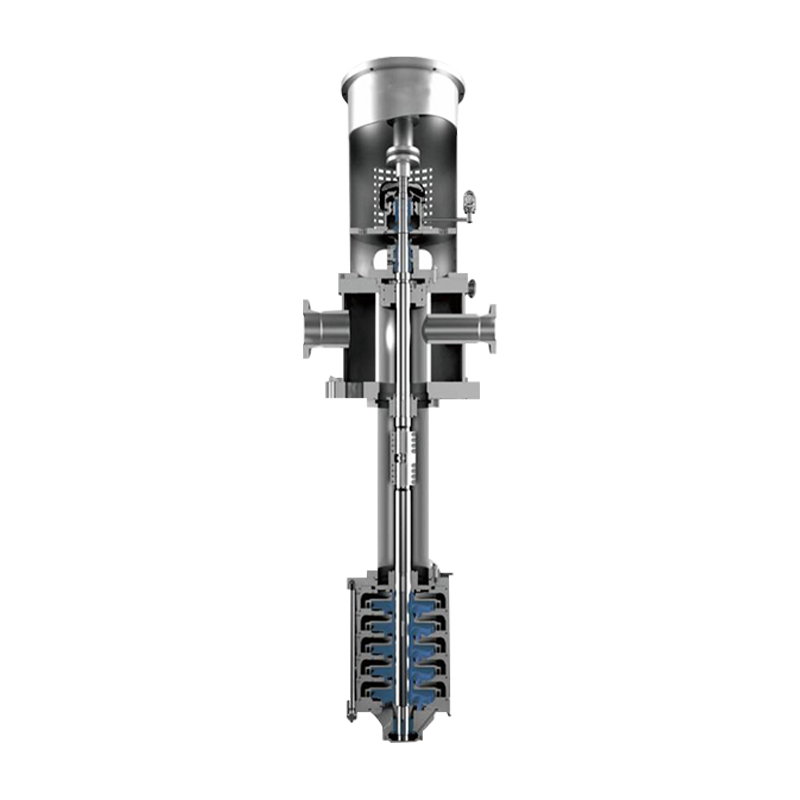
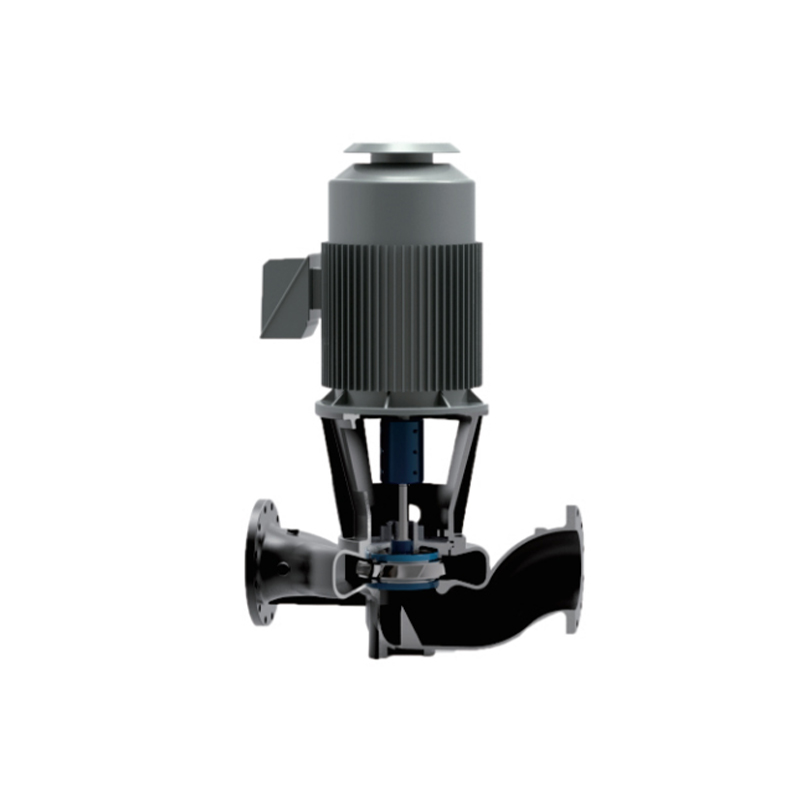

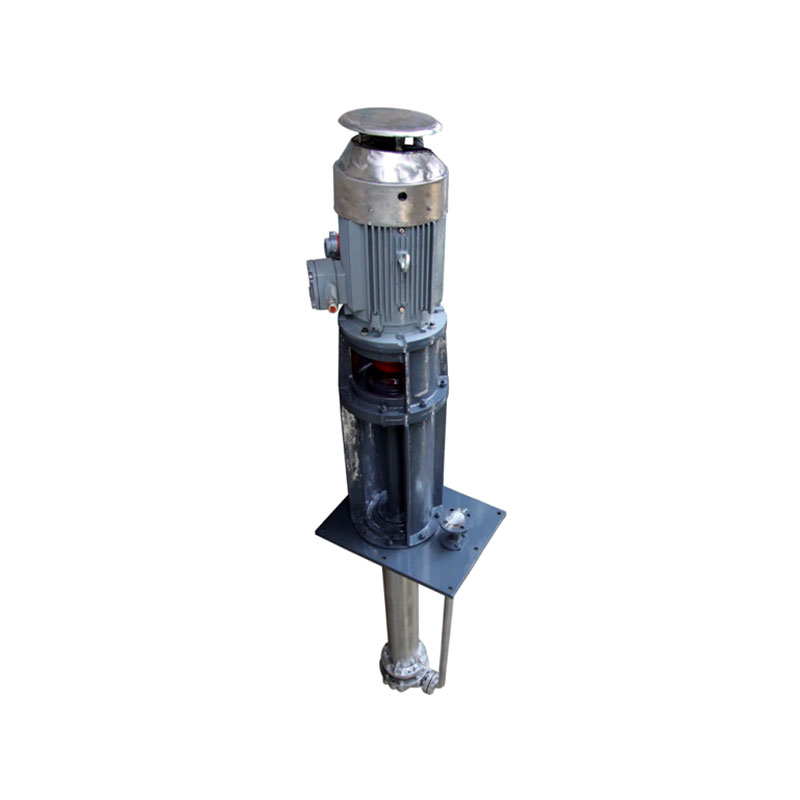
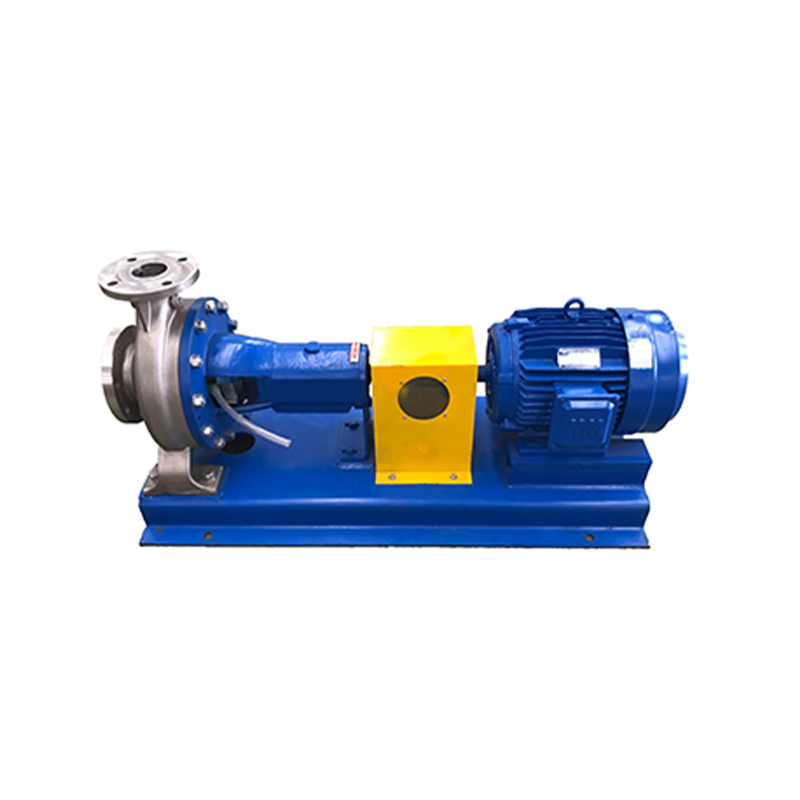

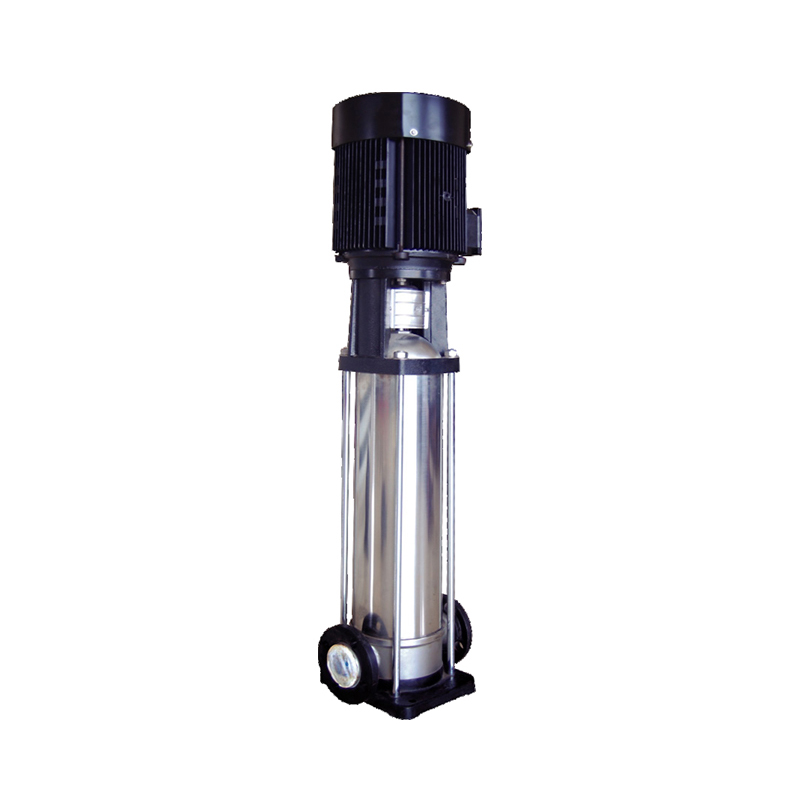






 ENG
ENG

 TOP
TOP